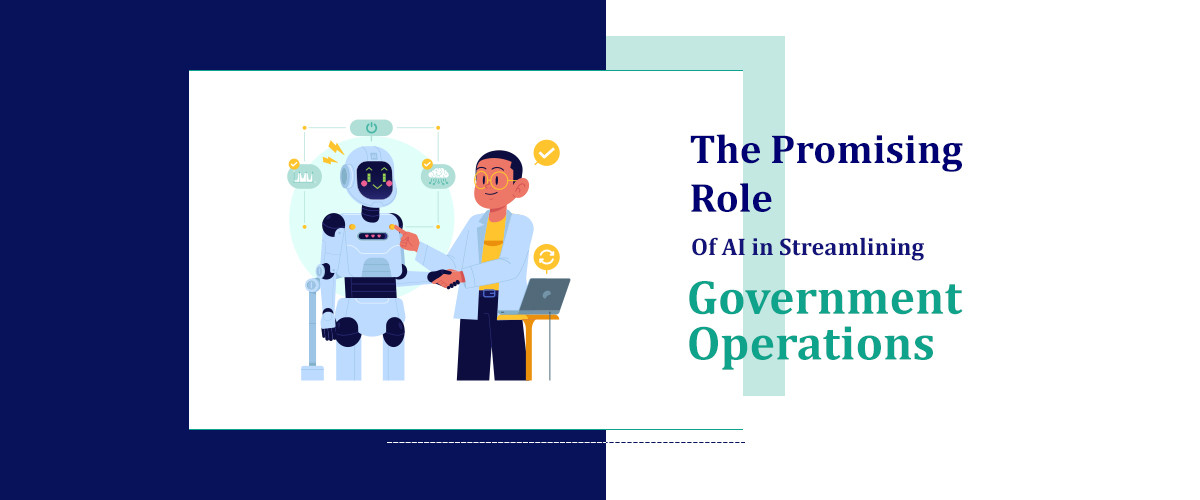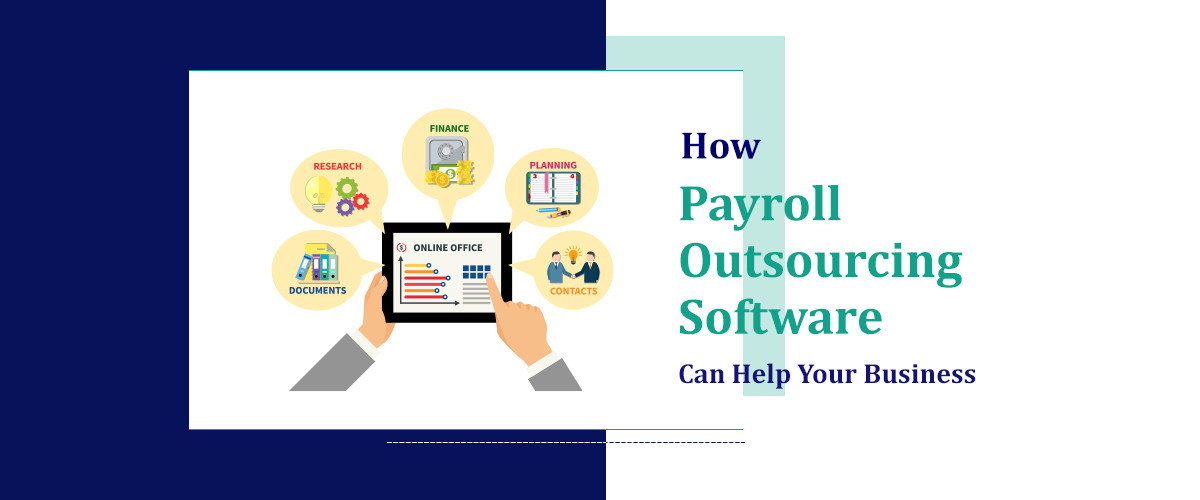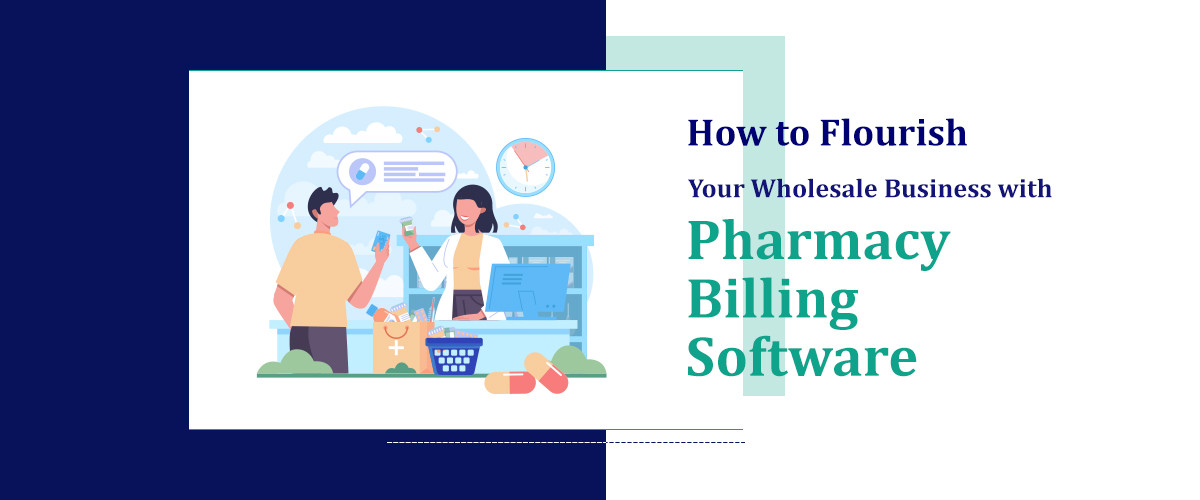What we'll cover
Interactive sales webinars are a dynamic way to turn engaged viewers into loyal customers. When crafted thoughtfully, they become an essential tool for sales teams looking to drive customer success, enhance relationships, and increase sales. Interactive sales webinar software is powerful for transforming engaged viewers into committed customers.
By combining live engagement elements like polls, Q&A sessions, and personalized content, these webinars create an interactive experience that fosters connection and trust. When strategically designed, they highlight your product or service and guide prospects through the sales funnel in a more compelling and personalized way. Whether you're aiming to educate, demonstrate value, or address objections in real time, interactive sales webinars can significantly boost conversion rates and contribute to long-term customer loyalty.
Why Interactive Elements Matter?
Interesting webinars are full of interactive elements. Sessions become like a dialogue rather than a one-way presentation. Features like Q&A sessions, live polls, chat, and interactive whiteboards keep the audience attentive and engaged.
Interaction provides immediate feedback to the presenters, who may adjust the content accordingly. This way, the session will be tailored to the audience's interests and keep the participants engaged.
In addition, live Q&A sessions eliminate doubts and develop confidence. About 22% of the attendees value the live interaction, which establishes a meaningful connection.
10 Interactive Sales Webinar Tips
-
Engage Your Audience from the Start
Interactive sales webinars depend much on engaging the audience. The minute people join your webinar, you want to make them feel included:
-
Use polls and quizzes to learn about your target audience
-
Encourage questions and comments during your presentation
-
Use live demonstrations to show the value of your product
-
Customize Content to Your Audience
Sales managers and sales leaders must understand their audience. Before the webinar:
-
Conduct pre-event surveys to determine the interests and pain points of attendees
-
Segment your target audience based on their roles, industries, or needs
-
Customize your content to address specific challenges faced by different segments
This will resonate with the attendees. You will also make your sales strategies more effective.
-
Leverage the Power of Storytelling
Sales reps who master the art of storytelling can impact the sales process. In your interactive sales webinars:
-
Share customer success stories that depict real-world applications of your product
-
Use case studies to illustrate how your solution solves a specific problem
-
Incorporate relatable anecdotes that build emotional connections with your audience
Storytelling makes your brand human and your message memorable. This definitely leads to better customer relationships and maybe even more sales.
-
Value Beyond the Sale
While conversion is a must, focus on adding value all through the webinar:
-
Share actionable insights that can be implemented right away
-
Industry trends and best practices of relevance to your audience
-
Offer exclusive resources or tools as incentives for attending
Be the trusted advisor, and you will gain credibility.
-
Add Interactive Elements
To benefit from interactive webinars, use the following interactive webinar software to engage the attendees:
-
Breakout rooms for small group discussions or personalized demos
-
Live chat features for Q&A sessions
-
Virtual whiteboards for collaborative problem-solving
These interactive elements keep attendees engaged. Besides that, they offer fantastic sales coaching opportunities and help with individual concerns.
-
Optimize for Virtual Learning
With the rise of virtual sales meetings, it's essential to adapt your presentation style:
-
Keep content concise and visually appealing to maintain attention
-
Use screen sharing effectively to demonstrate product features
-
Incorporate short videos or animations to break up long segments of talking
By optimizing your content for the virtual environment, you'll enhance the learning experience.
-
Leverage AI for Personalization and Follow-up
Artificial intelligence (AI) can be a better idea in your sales enablement efforts:
-
Analyzing attendee behavior and interacting using AI tools
-
Chatbots will be able to answer basic questions and qualify leads
-
Using AI for follow-up post-event, tailored suggestions of content
This technology is going to help the sales teams focus on high-value interactions. It also helps the accurate forecast for the sales results.
-
Train Your Team for Virtual Success
Equip your sales professionals with the right skills they need to excel in virtual sales:
-
Provide sales training webinars focused on online presentation techniques
-
Offer call coaching to improve virtual communication skills
-
Conduct regular role-playing exercises to practice handling objections in a digital setting
Well-trained sales reps will be more confident in their sales conversations.
-
Multi-Touch Follow-up Strategy
The webinar is just the start of the sales cycle. To maximize conversions:
-
Send personalized follow-up emails with relevant resources
-
Offer one-on-one consultations to address specific questions
-
Use retargeting ads to keep your solution top-of-mind
The better the follow-up strategy, the greater the chances of lead generation.
-
Analyze and Iterate
Constant iteration and improvement are necessary for long-term success in sales webinars.
-
Track webinar attendance rates, engagement levels, and conversion rates
-
Seek feedback from your attendees and your sales team
-
Use these insights to refine your approach and content for future webinars
Conclusion
Interactive webinars have become an indispensable tool for sales teams in the modern digital world. By implementing these actionable tips, sales managers can create engaging, high-converting webinars. Remember, the key to success is about the continuous learning. Also, an adaptation and a focus on providing value to your audience. Your sales webinars will become a powerful engine for lead generation and ultimately, closing deals.
An interactive sales webinar is an online seminar where the audience actively participates through live Q&A, polls, chats, and other interactive elements, aimed at engaging participants and driving sales conversions.
To increase conversion rates, you should focus on engaging content, clear calls-to-action (CTAs), offering limited-time promotions, personalizing the webinar experience, and following up with participants after the event.
You’ll need webinar software that supports interactive features like polls, live chat, and Q&A, such as Zoom, WebinarJam, or Demio. Additional tools like CRM systems, email marketing platforms, and payment gateways can also help with conversions.
Most sales webinars perform best when they are between 45 minutes to 1 hour long. This provides enough time to present valuable information without losing the audience’s attention.
Common mistakes include failing to engage the audience, not having a clear call-to-action, overloading the webinar with too much information, or not following up with attendees after the event.




